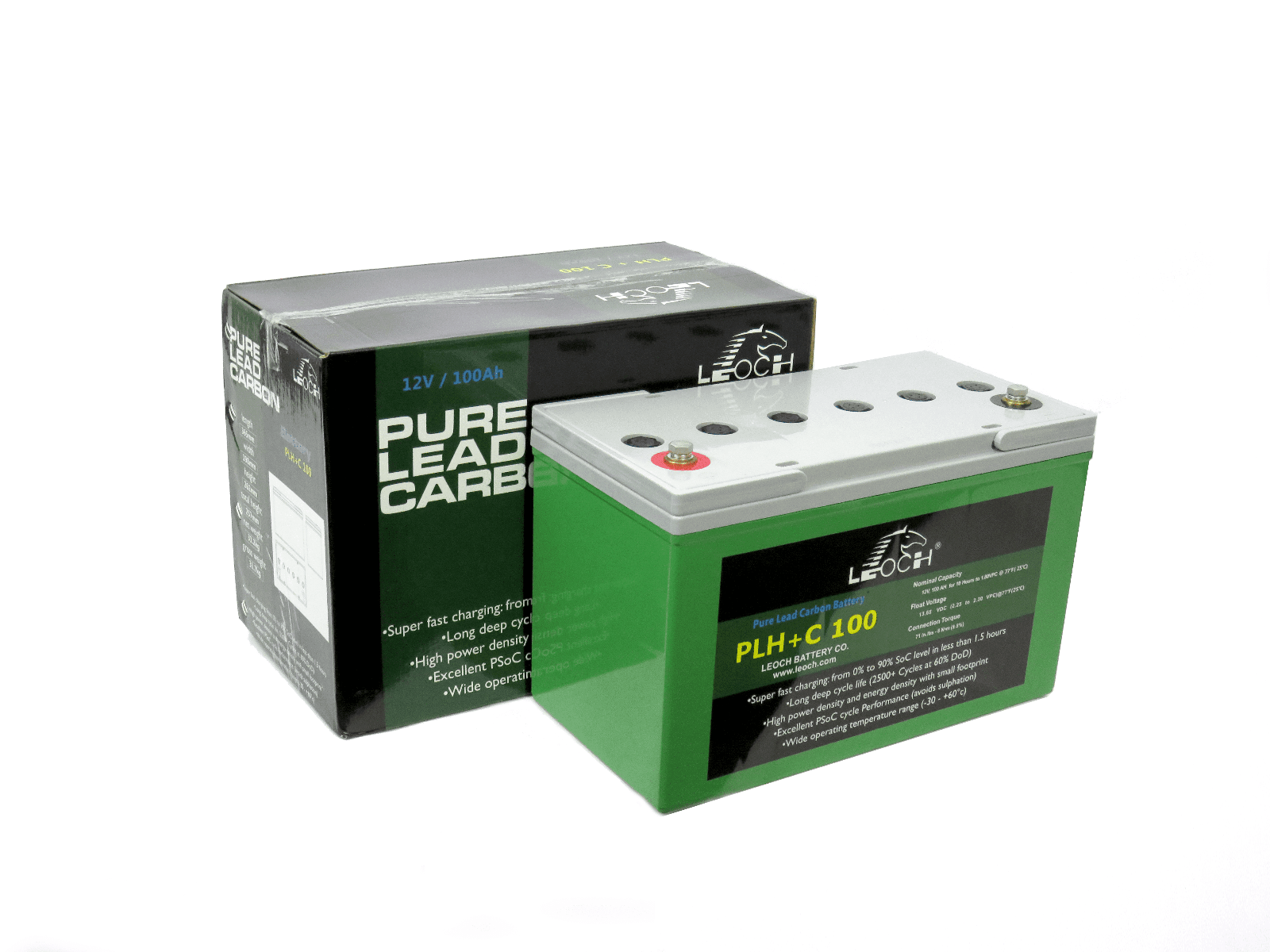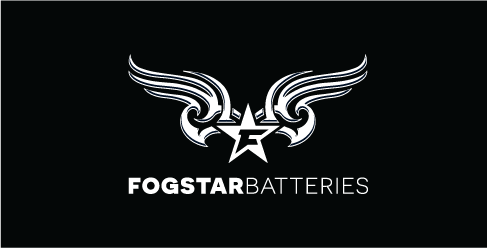NorthernIsler
Free Member
- Feb 24, 2023
- 2
- 0
- Funster No
- 94,220
- MH
- VWT6
Trying to figure out the reason I only get about 4 hours out of my diesel heater before it dies on me. On cold nights we only use it for short periods trying to maintain 21degC. Its a 5 yr old VWT6.....will a replacement battery fix things ?








